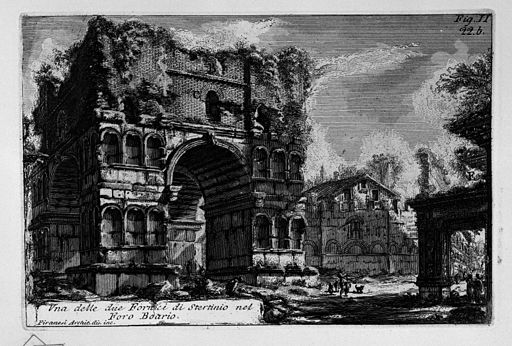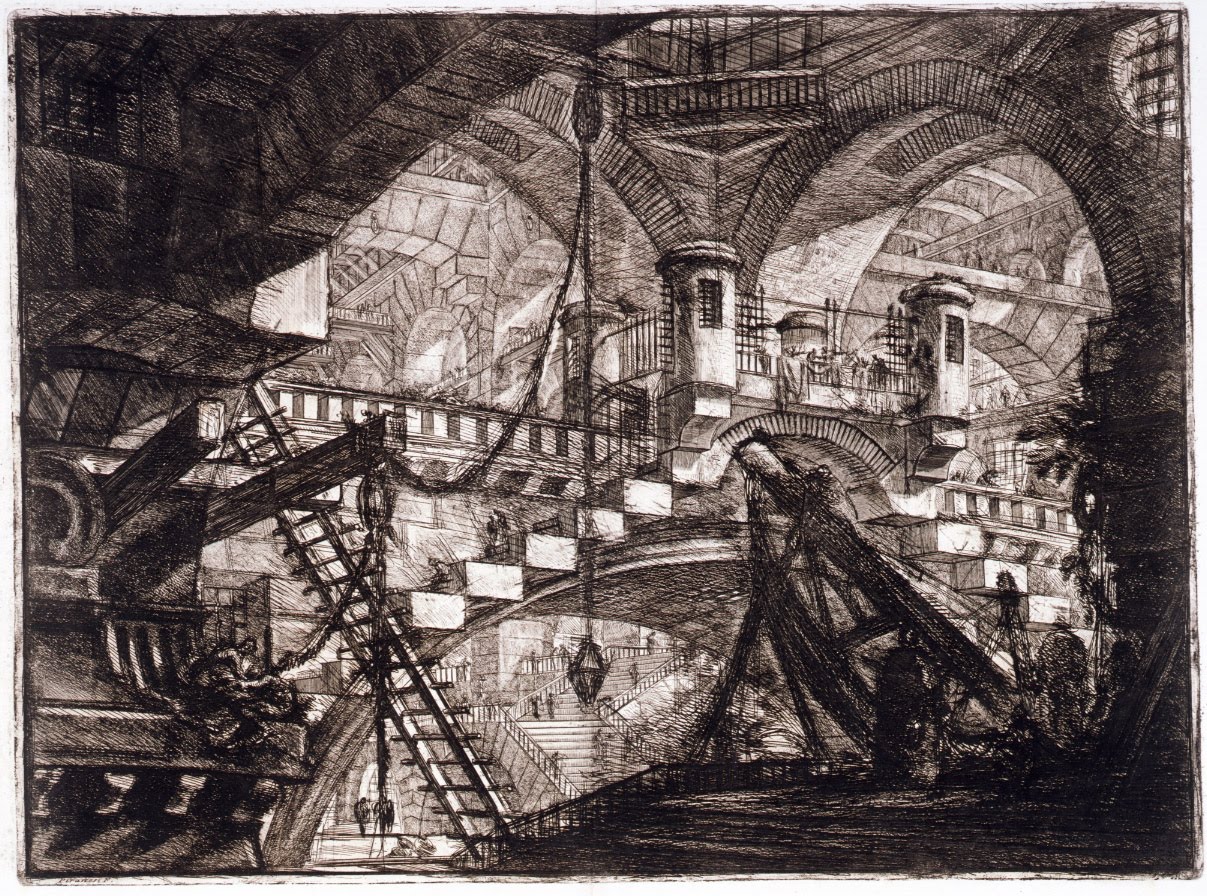

His etched plates contained remarkable imagination and a practical understanding of ancient technology. Piranesi’s lifelong obsession with architecture, past and present, was fundamental to his genius. 40 Piranesi was able to focus in on his awareness of what was noble and magnificent and gain a sense for the sublime in the architectural tradition of Rome. This 1784 architectural phantasm pictures the road leading to Rome lined by sepulchral monuments piled one atop the other, reaching skyward.
GIOVANNI BATTISTA PIRANESI SERIES
Moreover, Piranesi’s interest in ruins was genuine antiquarian desire to preserve and record. In his Views of Rome (Vedute di Roma), a series of copperplate engravings, the artist, architect, author, and antiquarian Giovanni Battista Piranesi (1720 1778) portrayed the monuments of the Eternal City and its environs not just with precision and splendor, but as part of a living landscape.

After a slow start he eventually achieved great success as an architect, archaeologist, artist, designer, collector, and antiquities dealer. He was the son of a stone mason and was trained as an architect. Nevertheless, these views of Rome firmly established Piranesi’s reputation and gave him the initial financial stability that enabled him to tackle grander themes. Giovanni Battista Piranesi Art Italian, 1720-1778 Piranesi was born in Venice in 1720 and died in Rome in 1778. These changes could possibly be a response to market demand and what Grand Tourists wanted to see in their vedute, or it could be a personal style change as Piranesi became intrigued by the idea of the sublime. They also specifically concentrate on a monument, like the “Veduta del Ponte Salario,” or ruin instead of portraying a sweeping view of Roman landscape. His later views featured heavier line, a sublime eye, and more dramatic perspectives. As represented in the “Veduta della Piazza della Rotonda,” Piranesi, clearly contorting perspective, etched an exaggerated and extended view of the Rotonda, unfocused on a specific aspect of the scene. The little figures present at the ground level are the everyday people and visitors in contemporary Rome. In his first views, the monument or subject was drawn from a distance so that it was clearly set in its context. ), itáliai rajzmvész, rézmetsz, építész mvészetelmélettel is foglalkozott. The first thirty-four views were published in a single volume and entitled Le Magnificenze di Roma. Giovanni Battista másképpen Giambattista Piranesi ( Mogliano Veneto, 1720. His early sites include obvious popular sights, such as Piazza della Rotonda and the Sepolcro di Cecilia Metella. 39 The views were intended as tourist souvenirs and, from their instant popularity, Piranesi had obviously judged the market well.

This influenced European thought to such an extent that Grand Tourists, who had come to know Rome through Piranesi’s prints, were recorded as being disappointed on their first encounter with the real thing. Piranesi’s Vedute, which overshadowed competitor’s views of Roman landmarks through compelling compositions, strong lighting contrasts, and dramatic presentation, shaped European conceptions of present day Rome. The display also considers fascinating questions about his practice raised by new research: the relationship between drawings and prints, his evolving style as a draughtsman and the involvement of studio hands in his later works.Įxplore the formidable quality of his pen and chalk studies and track his evolution as an artist at this stunning new display.Giovanni Battista Piranesi, Veduta del Ponte Salario (View of the Ponte Salario), plate 55 from the series "Vedute di Roma" (Views of Rome), 1754, etching (Davis Museum)īy 1747, Piranesi had begun work on the Vedute di Roma, and he continued to create plates for this series until he died in 1778. His work as a draughtsman, however, is much less explored – yet his drawing underpinned and nourished his flair with the etching needle. His work as a printmaker, whether exploring Roman architecture or displaying flights of spatial fancy in the celebrated Carceri (' Prisons') series, has been the subject of numerous exhibitions. Celebrating the 300th anniversary of Piranesi's birth in 1720, this display presented the Museum's complete collection of his drawings – unique in being entirely by the master himself.įrom his grand depictions of ancient Rome, to his recordings of the newly-discovered ruins of Pompeii, Piranesi's fantastical drawings are compelling.īorn in Venice and raised in Rome, Piranesi is best known for highly-charged, atmospheric representations of antiquity in his etchings.


 0 kommentar(er)
0 kommentar(er)
